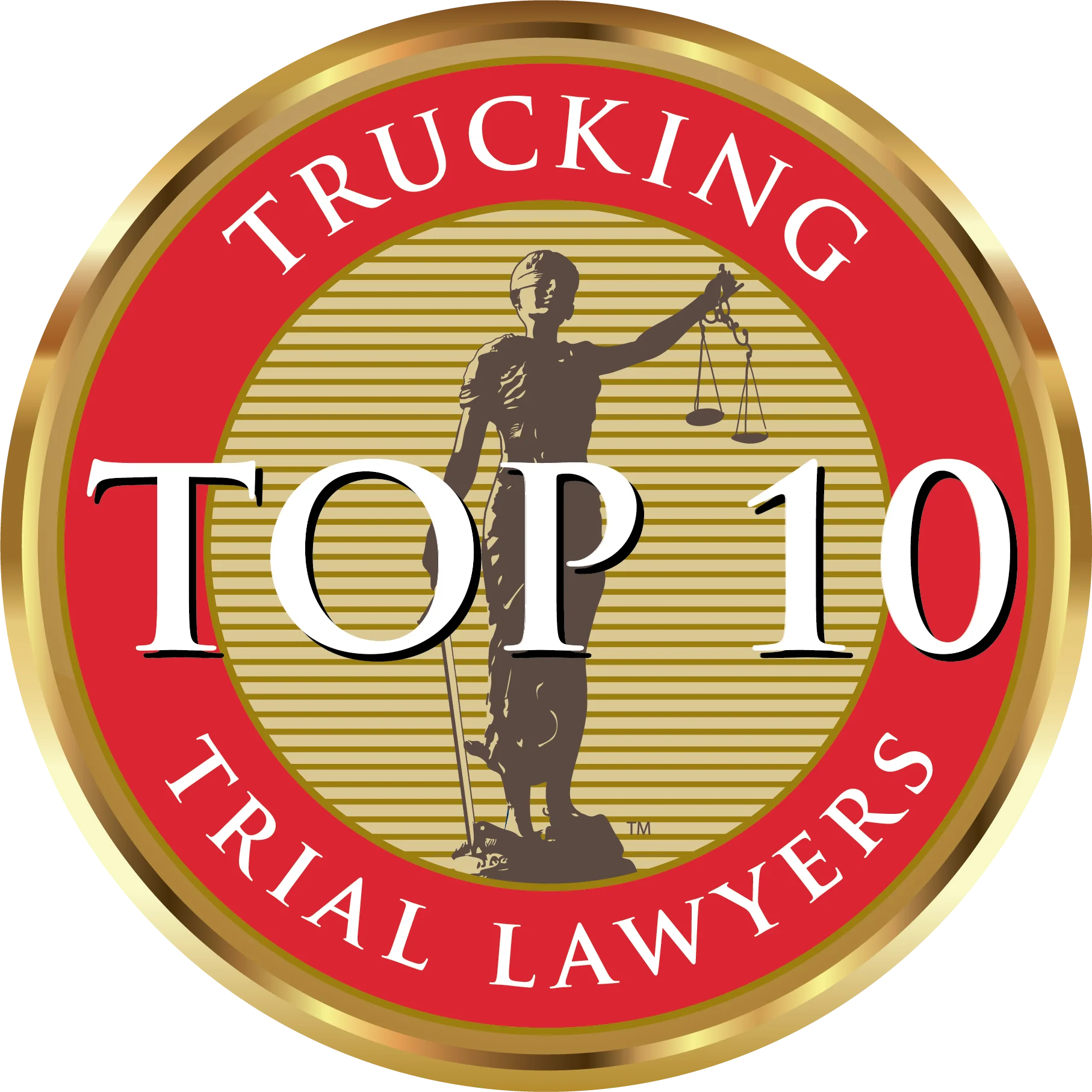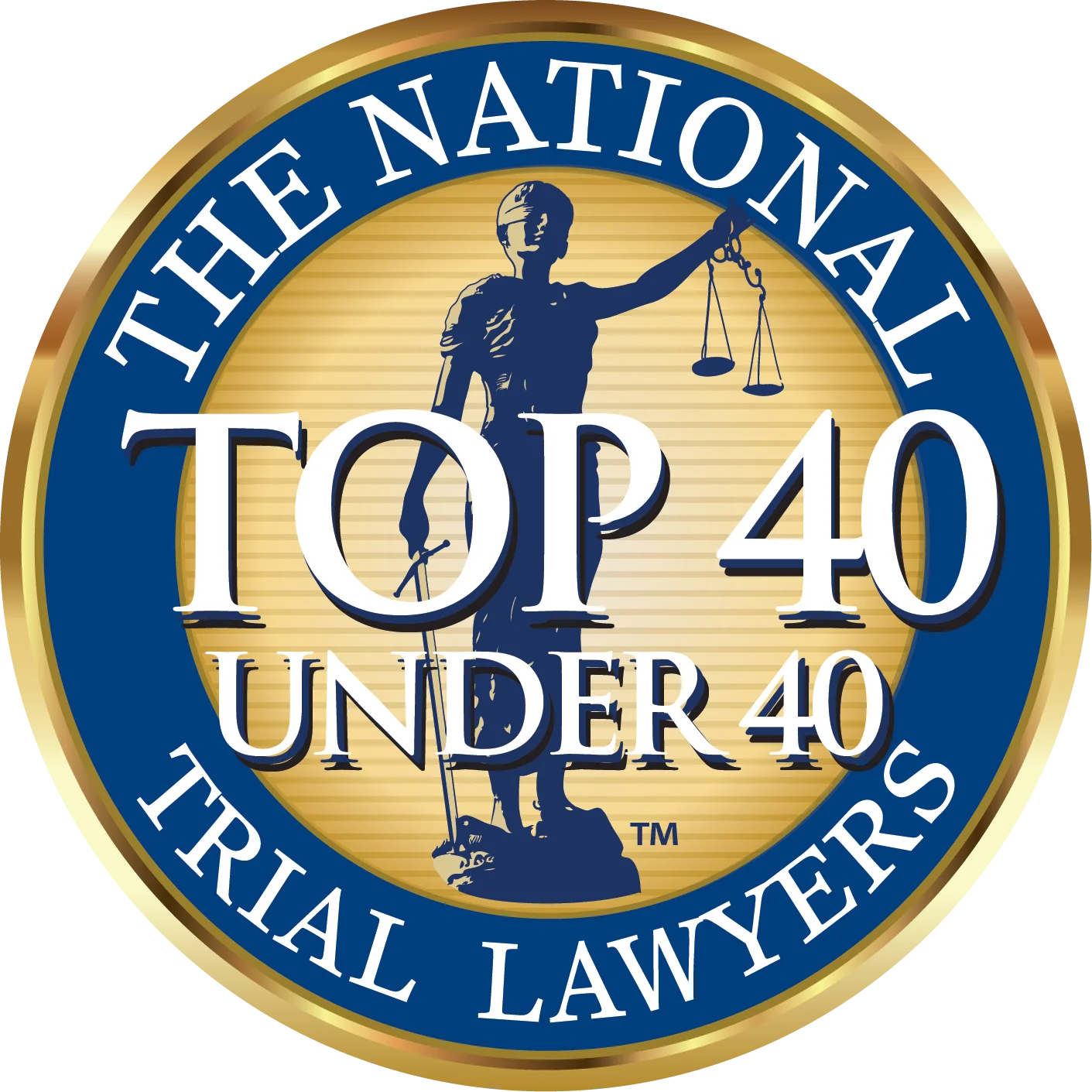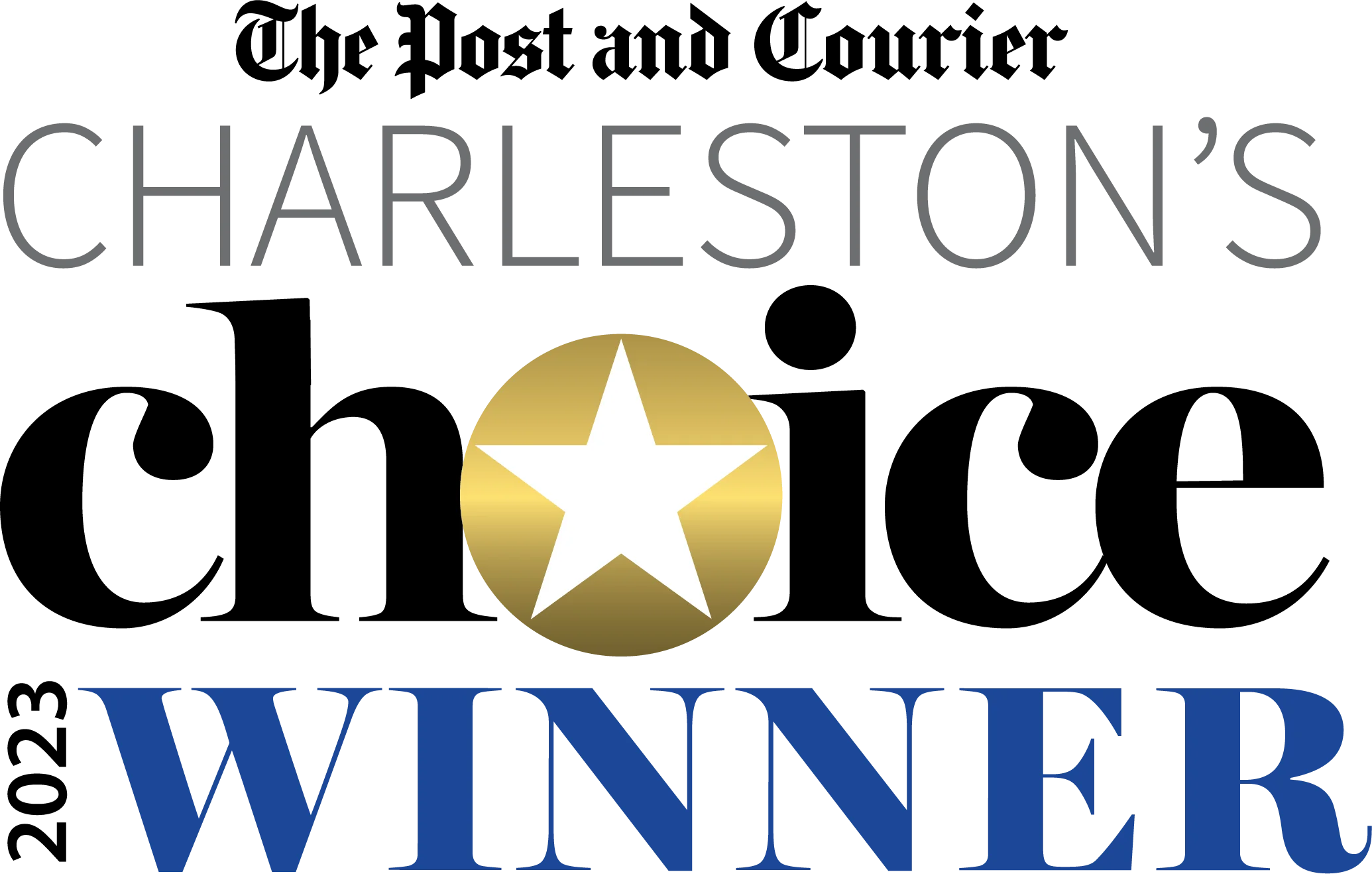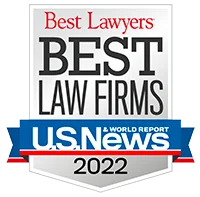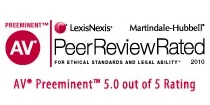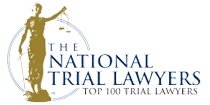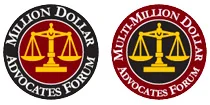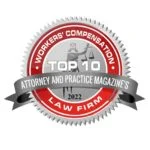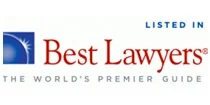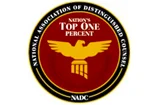South Carolina Supreme Court Clarifies Requirements for Successor Liability
In their August 22, 2018 decision in Nationwide Mutual Insurance Co. v. Eagle Window & Door, Inc., the South Carolina Supreme Court clarified a South Carolina law on successor liability and in doing so, reiterated the State’s limited grounds for holding successor entities liable for their predecessor’s actions. However, the Court also hinted that it may be open to expanding the grounds for successor liability and clarified that the fraudulent intent ground for successor liability may be available where the mere continuation ground is not available.
A successor exists where one corporation or other business entity replaces a predecessor business entity. For example, corporation A may purchase the assets of corporation B and carry on the business corporation B previously engaged in. In that instance, corporation A would be corporation B’s successor. Successor liability is where the successor entity is liable for the acts of the predecessor entity. Because companies routinely go out of business and are bought and sold, using successor liability to have a successor business cover damages caused by a predecessor can be crucial for injured parties.
The Eagle case involved construction defect and product liability claims related to water intrusion around windows. After the homeowners brought claims against and settled with the builder, the builder and its insurance carrier brought a contribution suit against Eagle as the window manufacturer based on alleged product defects in the windows.
When the windows were manufactured and sold, Eagle was the subsidiary of a parent corporation. The parent corporation later sought reorganization in bankruptcy court and as part of the reorganization auctioned off the assets of Eagle. A new parent company purchased the assets of Eagle through a subsidiary, the defendant in the South Carolina case. The trial court held that the successor entity was liable for the predecessor’s acts because the successor shared the majority of its officers with the predecessor entity.
Returning to its 2005 decision in Simmons v. Mark Lift Industries, Inc., the Court reiterated that ordinarily a successor is not liable for its predecessor’s actions, but in four circumstances a successor is liable: (1) where the predecessor agreed to assume the liability; (2) where the transaction was a consolidation or merger of the two entities; (3) where the successor entity is a “mere continuation” of the predecessor; and (4) where the transaction was a fraudulent attempt to defeat liability. The Eagle case concerned only the third, the mere continuation, ground for successor liability.
In Eagle, the Court of Appeals and the trial court applied the mere continuation exception as creating successor liability whenever there are “substantially the same officers, directors, or shareholders.” The Court reversed, holding that the mere continuation exception only applies where there is commonality of ownership and thus there must be commonality of officers, directors, and shareholders, with the emphasis being on the common shareholders.
The Court recognized the “strict” nature of the mere continuation ground for successor liability, and “temper[ed] its holding” by clarifying that the control of a successor entity is key to the analysis of whether successor liability exists. The Court stated that even where the mere continuation ground is not met, successor liability may exist due to the control offers and directors exert over the successor. Specifically, the Court noted that in some instances there may not be continuity of ownership, i.e., the predecessor and successor do not have common shareholders, but there are common directors and officers who “exert such control and influence over a corporation that their continued presence after a corporate acquisition is sufficient to establish successor liability.” The Court indicated that in such an instance the fraudulent intent ground for successor liability will be available.
Finally, the Court, as it did in its earlier Simmons decision, recognized that many courts in other jurisdictions recognize a broader scope of successor liability through the “continuity of enterprise” theory. The Simmons decision explicitly declined to adopt the continuity of enterprise theory, but in Eagle the Court indicated it may want to revisit the issue and adopt the broader continuity of enterprise theory. The Court went so far as to say that “there arguably may be merits to expanding South Carolina’s successor liability test to include the continuity of enterprise theory,” but the Court declined to address the issue because it was not the argument advanced by the parties and not the issue before the Court.


